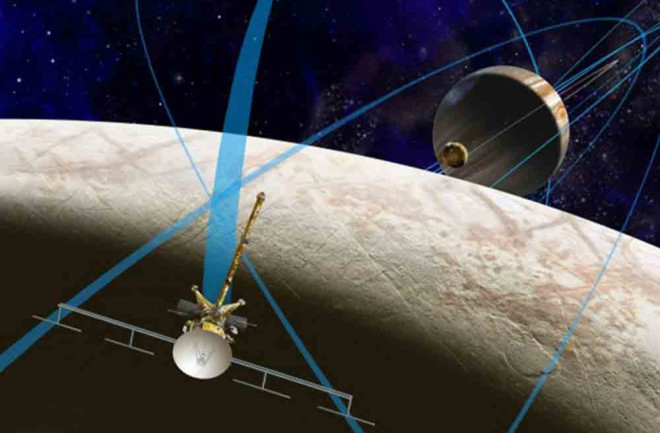Water. Energy. Chemistry. Europa has all the necessary ingredients for life. And unlike Mars or other potentially habitable worlds, Jupiter’s icy moon doesn’t have just a little water — it boasts twice as much of the liquid as Earth’s oceans combined.
Despite Europa's deep-space locale, the moon doesn’t completely freeze because Jupiter’s hulking gravity heats up its core. As the most massive planet in the solar system, Jupiter constantly tugs on Europa, creating tides and, potentially, hydrothermal vents that can mix up life-enabling chemical cocktails below the moon's icy shell.
All that water, heat, and mixing makes Europa one of the most promising places to find alien life in our solar system. And that’s why NASA is building a dedicated mission to the ocean world called Europa Clipper.
The primary goal of Europa Clipper is to find out if the moon is actually habitable. And in just a few short years, around 2023, the spacecraft will be ready for launch. So, less than a decade from now, depending on the space agency’s final rocket choice, Europa Clipper should reach its destination.
Once there, the spacecraft's instruments will search Europa' surface and "taste" its thin atmosphere, looking for signs of recent eruptions of water. The mission also should reveal secrets of the moon’s icy shell and aqueous interior, despite never touching down on its surface.

